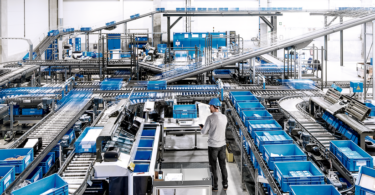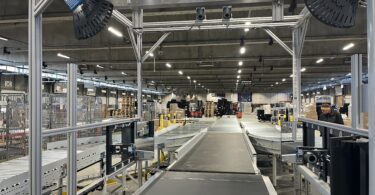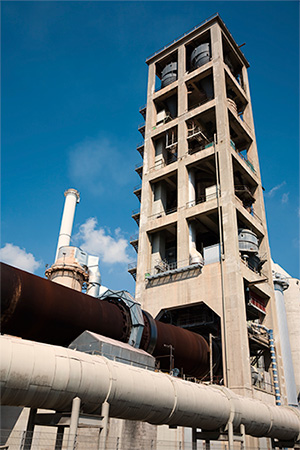 Cement plants rely on the productivity of cement kilns to operate at capacity. Improving the process control efficiency of kilns – such as measuring kiln inlet gas – is important to ensure efficiency and process stability and product reliability.
Cement plants rely on the productivity of cement kilns to operate at capacity. Improving the process control efficiency of kilns – such as measuring kiln inlet gas – is important to ensure efficiency and process stability and product reliability.
Today, the pressure to use alternate fuels has increased. So, how does that impact kiln gas measurement? The composition of alternate fuels can be a game-changer. According to a SICK-authored article in World Cement: “these fuels cause the amount of chlorides and sulfur in the flue gas to increase dramatically in comparison to traditional fuels.” Since the process of creating cement is complex, and involves the measurement and monitoring of many compounds, any changes to their composition by using alternate fuels can impact the quality and reliability of the cement. Typically, many of these measurements take place in the kiln inlet. These measurements ensure proper cleaning and maintenance by plant personnel.
Hot/Wet Gas Sampling and Analysis
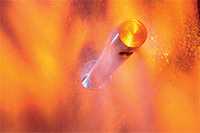 According to the article, “The best gas measurement solution at the kiln inlet consists of a heated gas sampling system, specially designed for harsh sampling conditions. The sample system is then coupled with the multi-component gas, hot/wet NDIR analyzer.” So, how do alternate fuels affect some gas measurement systems? The high amounts of chlorides and sulfur in the gas can lower the acid dewpoint, and temperature salts may form in the sample system. This would lead to plugging of the sample line and filters, increasing the time and costs of maintenance on the system. The hot/wet gas sampling system, the SCP3000 from SICK, provides a “more reliable measurement of typical combustion elements, such as O2, CO and NO, thereby allowing for a more accurate combustion control. It also allows for a more effective use of petcoke and alternative fuels by providing insights on SO2 and HCl at the kiln inlet, helping kiln operators to better control the formation of buildup in the preheater tower,” the article goes on to point out.
According to the article, “The best gas measurement solution at the kiln inlet consists of a heated gas sampling system, specially designed for harsh sampling conditions. The sample system is then coupled with the multi-component gas, hot/wet NDIR analyzer.” So, how do alternate fuels affect some gas measurement systems? The high amounts of chlorides and sulfur in the gas can lower the acid dewpoint, and temperature salts may form in the sample system. This would lead to plugging of the sample line and filters, increasing the time and costs of maintenance on the system. The hot/wet gas sampling system, the SCP3000 from SICK, provides a “more reliable measurement of typical combustion elements, such as O2, CO and NO, thereby allowing for a more accurate combustion control. It also allows for a more effective use of petcoke and alternative fuels by providing insights on SO2 and HCl at the kiln inlet, helping kiln operators to better control the formation of buildup in the preheater tower,” the article goes on to point out.
SCP3000 Gas Sampling System Features 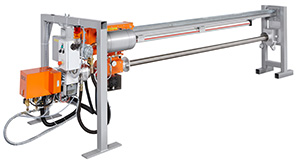
Application details:
Mounting location: kiln inlet
Gas temperature: 1000 °C (2290 °F)
Solids: up to 2000 g/Nm3
Measured gas components: O2, CO, NO, SO2, HCl, H2O
Measuring range(s):
- O2: 0 –10; 0 –21 Vol-%
- CO: 0 –3000 mg/Nm3
- NO: 0 –3500 mg/Nm3
- SO2: 0 –40 000 mg/Nm3
- HCl: 0 –500; 0 –5000 mg/Nm3
- H2O: 0 –10%
System benefits:
- Reduce maintenance costs by up to 100 hours a year
- Automate cleaning and purging
- Prevents blocking due to deposits
- Ensures the sample remains above water and acid dew point
SICK's instrumentation solutions are perfectly suited for the high demands of the cement industry, and reliable measurement under harsh conditions – even with the use of alternate fuels. To learn more about our gas sampling system, visit our cement industry resources page.
To read the full article in World Cement (Parts 1 and 2), click here. You must register to read the full article.



